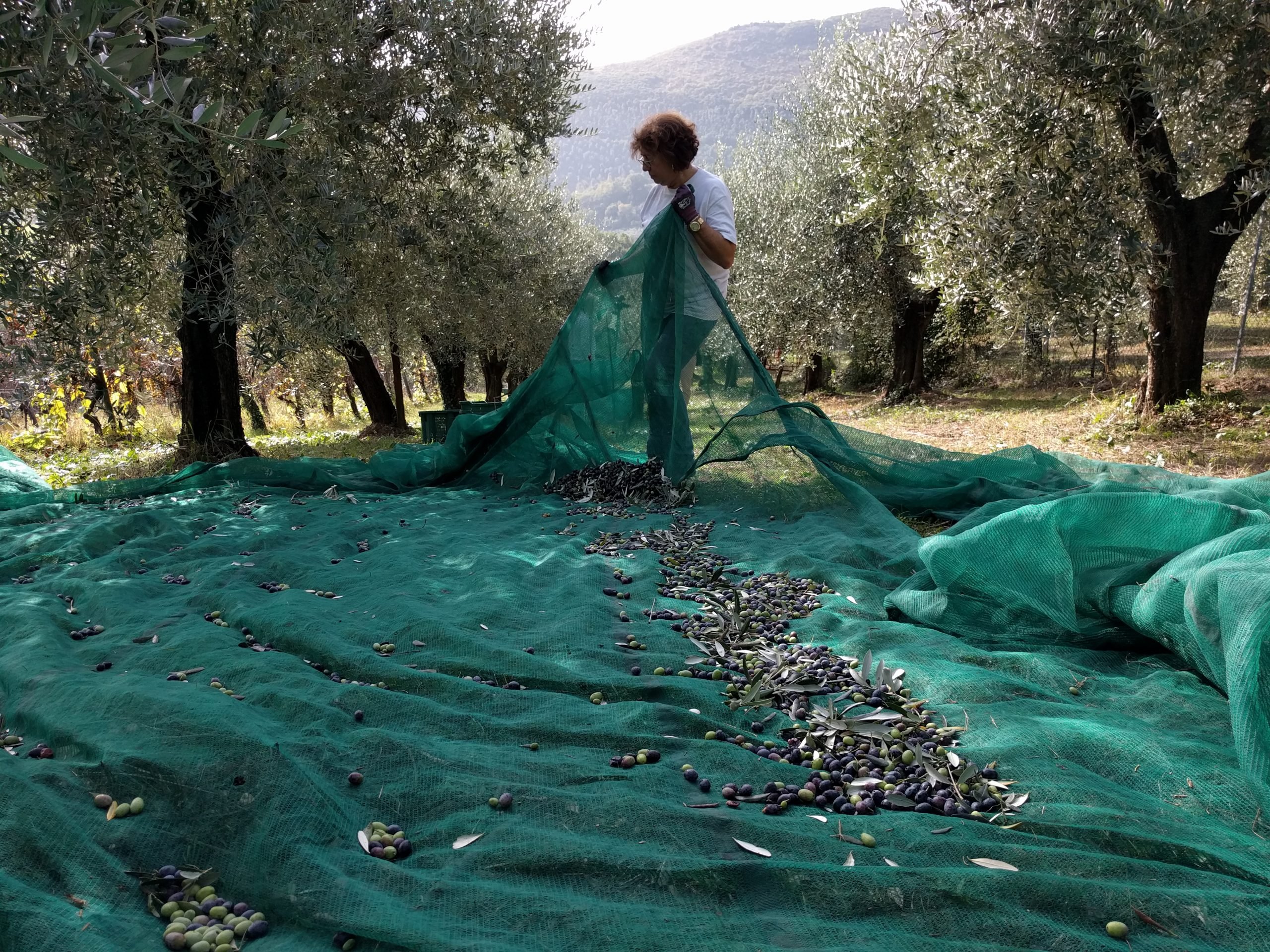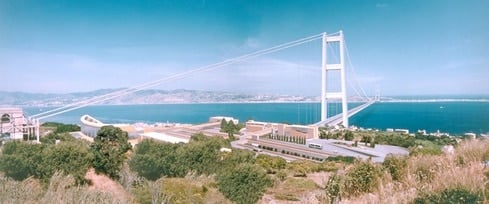
A flag can be raised. Not because olive oil production in Puglia (the heel of Italy) is back to normal. No, it is still struggling. The olive harvest this year was down by 51%. This is the result of the olive tree blight, i.e. the work of the xylella bacterium that has led to a massive number of tree deaths.
Yet a flag can be flown at full mast. That’s because researchers from the Italian National Research Council, or in short CNR (Consiglio Nazionale delle Ricerche), have ‘created’ a new olive plant that is resistant to the xylella bacterium.
High yield
Fruit was harvested for the first time this month near Lecce on one of the fields which used to be full of other olive trees. These had all been destroyed by xylella. The harvest is the result of a new planting of trees that took place two years ago. Olive trees can bear fruit from their third year onwards. The new plant is adapting well to the widest range of soil and climate conditions. This variety produces a high yield, which (from the fifth year) can reach up to 12,000 kilos per hectare. Approximately 800 trees are grown on one hectare.
The tree is a cloned rootstock of the Olea europaea (olive tree) and was selected from a vast collection of seedlings belonging to the Frantoio strain.
The new variety, which bears the name FS17, originates from a native variety and was developed by the CNR. The tree is a cloned rootstock of the Olea europaea (olive tree) and was selected from a vast collection of seedlings belonging to the Frantoio strain. The Frantoio and the Leccino are the most well-known and commonly used cultivars and form the basis of most of the olive oil from Italy. FS17 has been patented by CNR. According to estimates of the research institute, 500,000 specimens of the new tree have already been planted in Apulia.

Xylella fastidiosa, as the name of the bacterium is in full, was unseen in Europe until it appeared in Apulia in October 2013. This bacterium used to only occur in America. The microbe is transmitted by insects from the so-called cicada family (aphrophoridae insects). Xylella fastidiosa prevents trees from absorbing water, causing the leaves to turn yellow. Within five years the tree completely dehydrates and dies.
Trees tightly wrapped in nets
There is no cure for the disease. Apart from cutting down trees, preventive remedies include spraying pesticides on a large scale. Another measure is to wrap trees tightly with nets to stop insects from reaching them. It also helps to mow surrounding grass and weeds on a regular basis in order not to provide insects with a feeding ground.
Olive growing is the most important form of agriculture in Apulia. Almost 100 % of the olives are used for olive oil. Before the outbreak of the disease, Puglia accounted for one-third of the olive oil production in Italy, one of the largest producers in the world. Six years ago, Puglia had more than 60 million trees, of which at least 300,000 were more than a century old. Many of those centenarians, which produced the best oil, have now been cleared.
Buffer zone has shifted
The sector is in serious crisis and this is affecting all supply sectors, such as olive press companies, of which there were at least 1000 in Puglia. Olive growing in the province of Lecce has practically come to a standstill. Eleven million trees have been damaged in this province. Within five years, the buffer zone has shifted about 100 kilometers to the north.
Olive oil is part of the renowned Mediterranean culinary tradition. You can read more about its ‘ tough ‘ side in this article about software in gastronomy.







